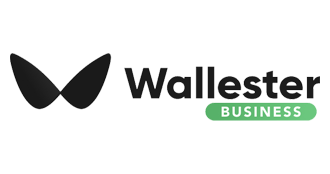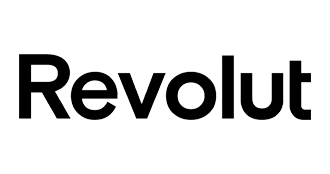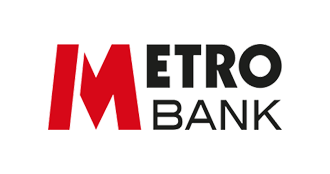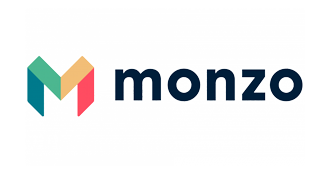Leasing is a popular financing option for businesses to acquire assets such as machinery, vehicles, or equipment without having to pay the full cost upfront. However, there are two primary types of leases to consider: finance lease and operating lease.
Understanding the differences between these two types of leases can help businesses make informed decisions about their financing options.
Featured pro tools
Finance lease
A finance lease is essentially a rental agreement between a business and a leasing company.
The business pays a fixed monthly amount for the use of an asset over a specific period. At the end of the lease term, the business has the option to purchase the asset at a predetermined price.
During the lease term, the leasing company retains ownership of the asset, and the business is responsible for the maintenance, insurance, and any other associated costs.
 |
Wallester Business ✓ Virtual & Physical Cards ✓ No Setup Fees ✓ No Monthly Fees Pricing Trial period Contact |
|
 |
Revolut Business ✓ Business Current Account ✓ Award-Winning Mobile App ✓ Quick & Easy Application Process Pricing Trial period Contact |
|
 |
Tide Business Bank Accounts ✓ Free, Plus, or Pro Account ✓ iOS & Android Mobile App ✓ Upload & Auto-Match Receipts Pricing Trial period Contact |
|
 |
Card One Money ✓ No Credit Checks ✓ Simple Fees ✓ Up to 3.5% Cashback Pricing Trial period Contact |
|
 |
ANNA Money ✓ Apply in 10 minutes ✓ Bookkeeping & Payroll Tools ✓ User-Friendly Mobile App Pricing Trial period Contact |
|
 |
Co-Op Business Banking ✓ Business Current Account ✓ Online, App & High Street Banking ✓ Quick & Easy Application Process Pricing Trial period Contact |
|
 |
HSBC Business Banking ✓ Business Current Account ✓ In-Branch, Online & App Banking ✓ FSCS Protected Pricing Trial period Contact |
|
 |
Metro Business Banking ✓ Business Current Account ✓ High Street Presence ✓ FSCS Protected Pricing Trial period Contact |
|
 |
Mettle Business Banking ✓ Business Bank Account ✓ Online & App ✓ Quick & Easy Application Process Pricing Trial period Contact |
|
 |
Monzo Business Banking ✓ Business Current Account ✓ Dedicated mobile app experience ✓ FSCS Protected Pricing Trial period Contact |
|
 |
Virgin Money ✓ Business M Account ✓ In-Store, Online & App Banking ✓ Insights & Forecasting Platform Pricing Trial period Contact |
Pros of finance lease
- Lower monthly payments: A finance lease generally has lower monthly payments than an operating lease, making it an attractive option for businesses that want to manage their cash flow.
- Tax benefits: The lease payments made under a finance lease can often be claimed as a tax deduction, reducing the overall cost of the lease.
- Option to purchase: At the end of the lease term, the business has the option to purchase the asset at a predetermined price, giving it the opportunity to own the asset outright.
Cons of finance lease
- Ownership: The business does not own the asset during the lease term, and ownership only transfers at the end of the lease term if the business decides to purchase the asset.
- Liability: The business is responsible for the maintenance, insurance, and any other associated costs of the asset during the lease term, which can be a disadvantage if unexpected repairs or maintenance are required.
Operating lease
An operating lease is a rental agreement between a business and a leasing company, where the business pays a fixed monthly amount for the use of an asset over a specific period.
At the end of the lease term, the business returns the asset to the leasing company.
During the lease term, the leasing company retains ownership of the asset and is responsible for the maintenance, insurance, and any other associated costs.
Pros of operating lease
- Lower risk: Since the leasing company retains ownership of the asset during the lease term, the business is not responsible for any depreciation in the value of the asset.
- Flexibility: An operating lease is typically more flexible than a finance lease, allowing the business to upgrade or replace the asset at the end of the lease term.
- No liability for disposal: At the end of the lease term, the business returns the asset to the leasing company, which is responsible for disposal.
Cons of operating lease
- Higher monthly payments: An operating lease generally has higher monthly payments than a finance lease, which can be a disadvantage for businesses with limited cash flow.
- No ownership: Since the business does not own the asset during the lease term, it cannot claim any depreciation or tax benefits associated with ownership.
- No option to purchase: Unlike a finance lease, an operating lease does not provide the business with the option to purchase the asset at the end of the lease term.
Conclusion
When choosing between a finance lease and an operating lease, businesses should consider their specific needs and financial situation.
A finance lease may be a good option for businesses that want lower monthly payments and the option to purchase the asset at the end of the lease term.
On the other hand, an operating lease may be a better option for businesses that prioritize flexibility and lower risk, even if it means higher monthly payments.
By understanding the differences between these two types of leases, businesses can make informed decisions about their financing options and choose the option that best meets their needs.

